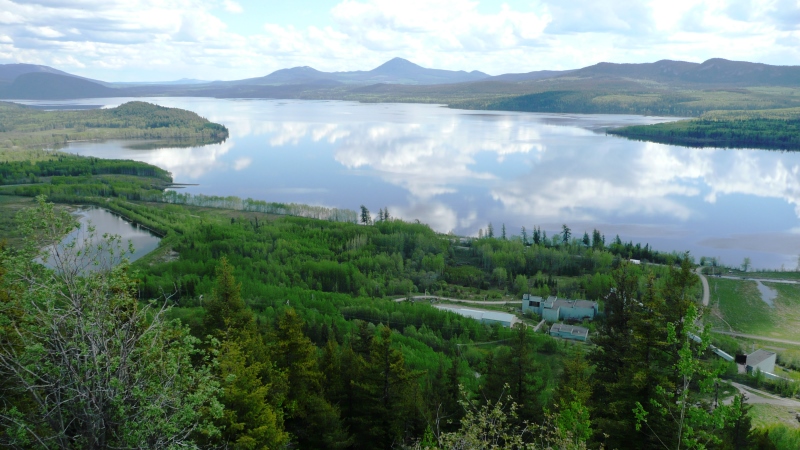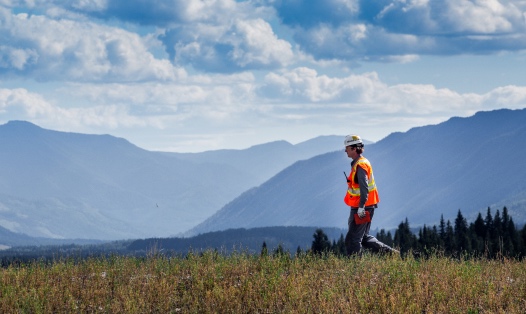In 2010, in cooperation with representatives from the local First Nations — the Tl’azt’en Nation and the Nak’azdli Band — we initiated the decommissioning and reclamation of the site. This was a three-year, $22 million reclamation project.
Pinchi was a mercury mine located in north-central British Columbia that operated in two different phases between 1940 and 1975. Formerly owned and operated by Cominco, which we acquired in 2001, the mine was placed in care and maintenance between 1975 and 2010. In 2010, in cooperation with representatives from the local First Nations — the Tl’azt’en Nation and the Nak’azdli Band — we initiated the decommissioning and reclamation of the site. This was a three-year, $22 million reclamation project.
Pinchi Lake, which is adjacent to the mine, is located in the headwaters of the Fraser River system and contains at least 25 species of fish. A number of mammal species also inhabit the region, including beaver, muskrat, moose, black bear, coyote, marmot, fox, elk and deer.
One of the objectives of the Pinchi mine closure plan was for site reclamation efforts to complement the adjacent wildlife habitat, so that the site continues to support viable wildlife populations. A native tree and shrub planting program was implemented in 2012 to increase species diversity over the mine site.
To eliminate potential mercury risks to wildlife, the clean water in the tailings storage facility was safely drained to the lake under a permit and the tailings storage facility was covered with a layer of till to prevent the mercury from migrating into the lake.
Local stakeholders were involved throughout the mine closure process, meeting to discuss progress and touring the site.
Reclamation was completed in August 2012.
This case study was originally published in our 2012 Sustainability Report.

